We all know what it's like to take a selfie when we're all dressed up and feeling confident, only for the end result to betray us. This is not a reflection of how attractive you are! You just need to learn how to do it right.
Similar to photography, it doesn't matter how beautiful the subject is, if the technique is bad, the end result will be too. Luckily, there are some tips and tricks you can try that will leave you with Instagram-worthy selfies. Keep reading to find out how to take a good selfie.
What Makes a Good Selfie?
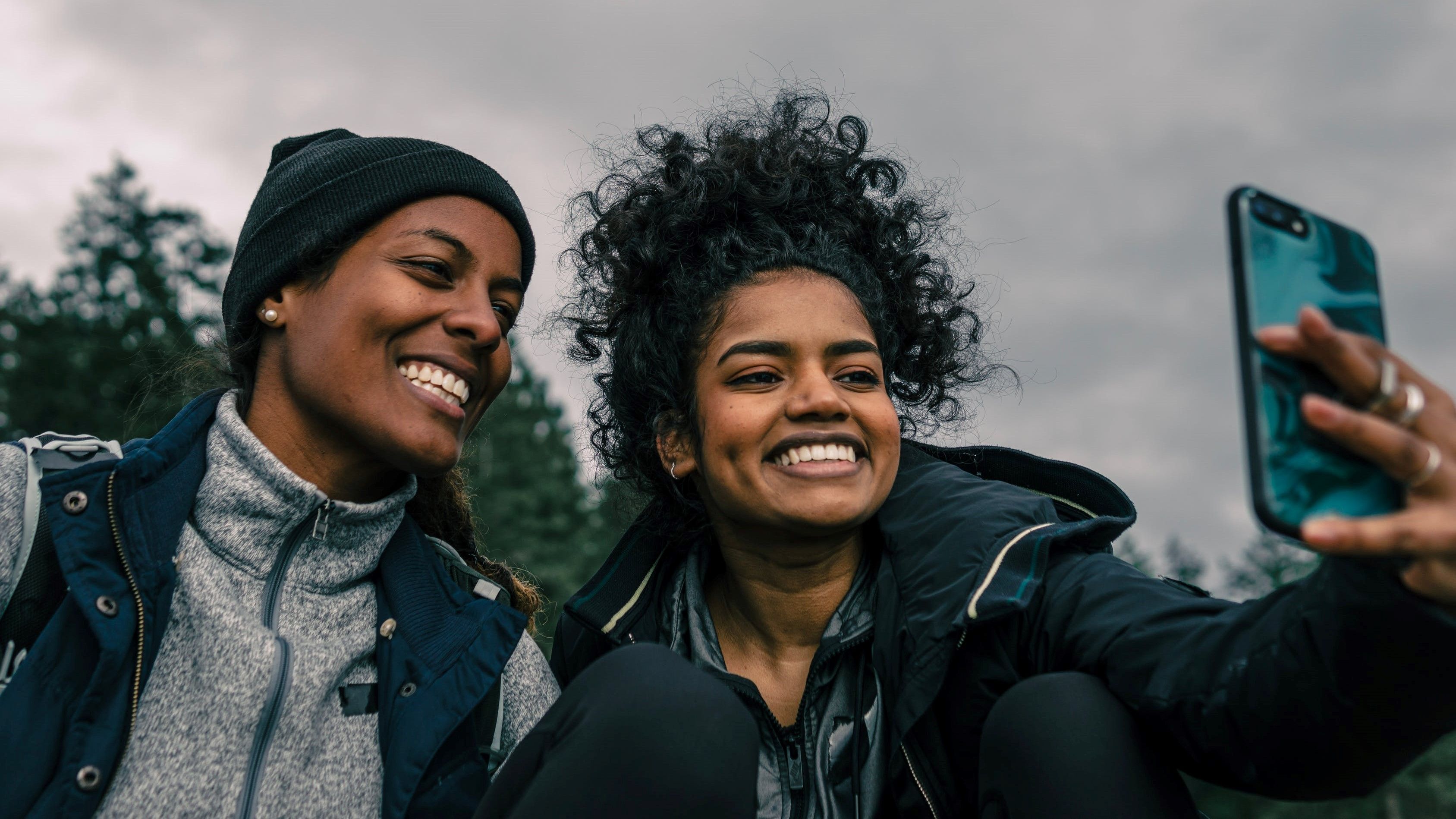
It depends! There are some basics you need to get right—elements like lighting, shadows, and angles. However, you can follow all the rules to the T and still not be satisfied with the result, because sometimes a good selfie just needs authenticity rather than precise technique.
It will take some time to get a feel for which elements to focus on and how to combine them to make it work for you. That being said, let's jump into what they are.
1. Lighting Is Key
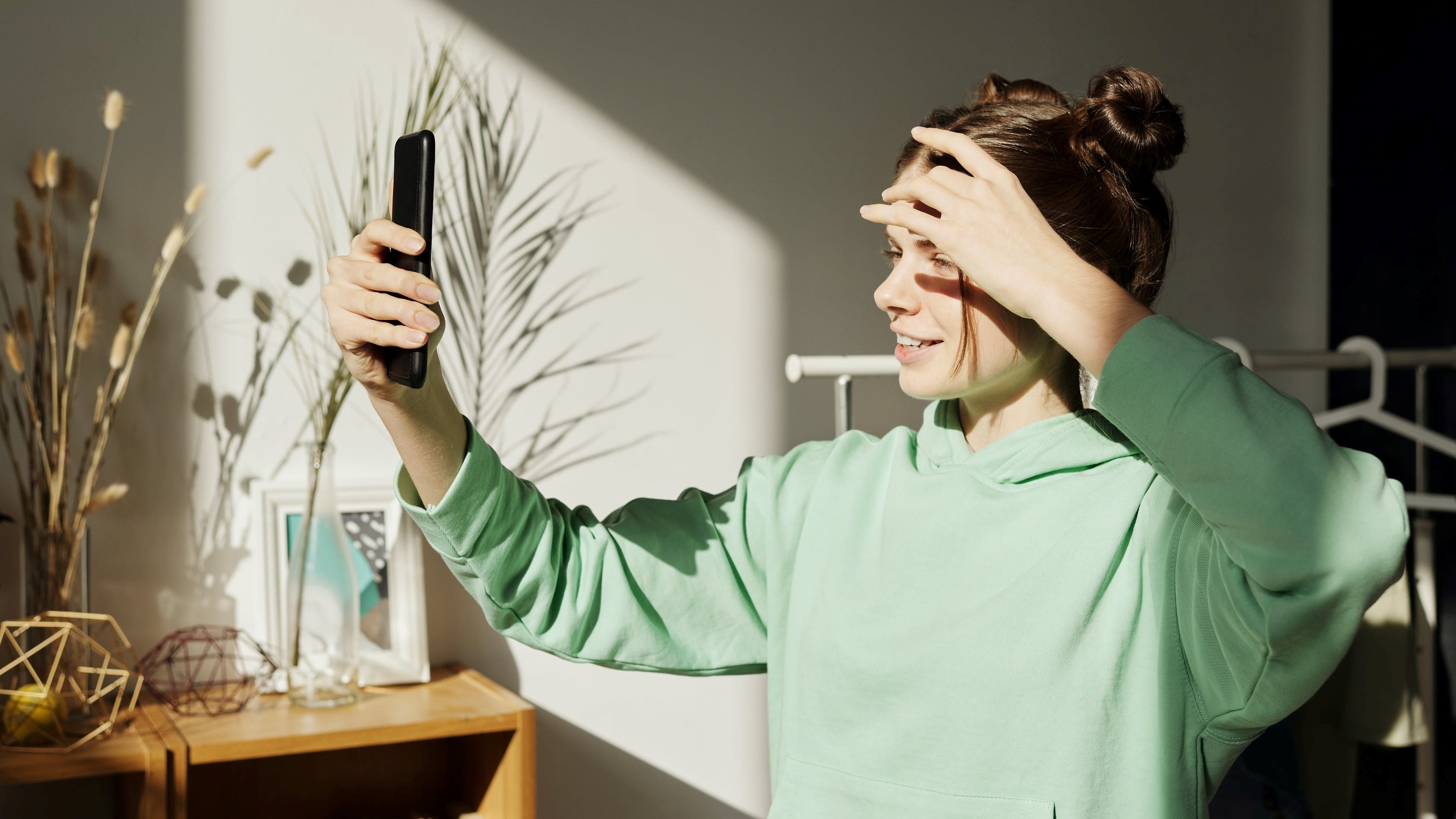
You've probably heard this a thousand times already, but it's true—lighting is the key element of any selfie. And not just any type of lighting, sunlight will become your best friend since it's a natural filter.
The warm glow of the sun compliments every skin tone and has the ability to illuminate undereye circles, uneven pigment, texture, and shadows on your skin. A tip you can try is holding a white piece of paper under your chin (out of frame, of course). It will reflect the sun's glow and further illuminate your features.
You also want to avoid harsh lighting. The best time of day to take selfies is during golden hour—when the lighting conditions are at their warmest and softest. Sunlight during any other time of day will cast a white, jarring light that will emphasize imperfections.
Related: What and When Is Golden Hour for Photographers?
This doesn't mean that you have to take every selfie outside. Find a window or a doorway where there is sunlight seeping through. And if you've missed golden hour, you can try to replicate sunlight inside with warm-toned lightbulbs.
2. Be Careful With Shadows
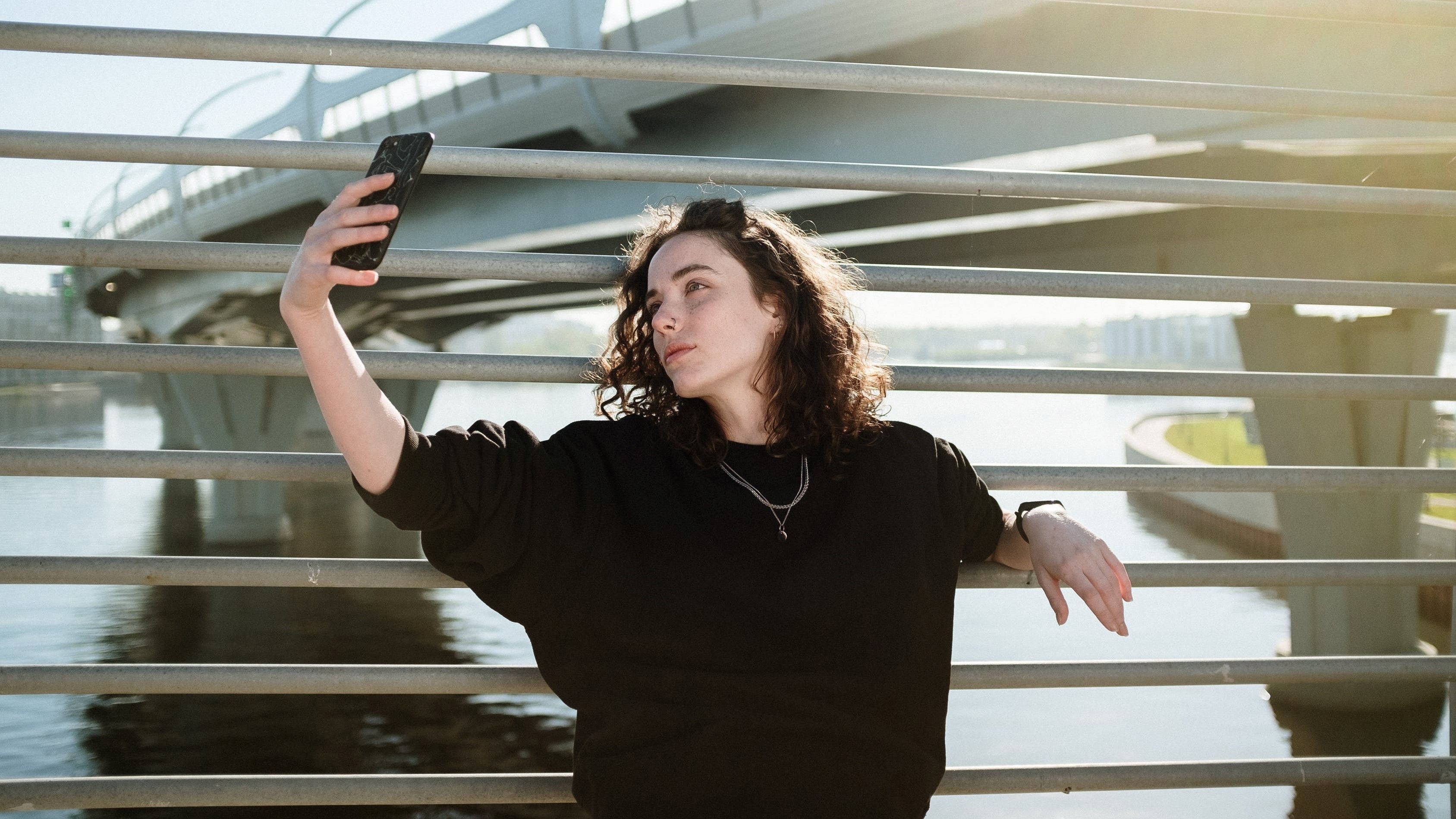
Shadows tie into lighting conditions since the angle of the light source is essential. You want light that is almost at eye level, such as golden hour, because light that falls from above will accentuate shadows. It can hollow out your cheekbones, create bags under your eyes that aren't even there, and emphasize skin texture.
If you're in the shade, try facing the brightest area, such as a white wall, so it will reflect the sun's light. And remember, if you're taking a selfie with an artificial light source, make sure its origin is also eye level, such as a lamp that casts an even glow over the room instead of overhead lights.
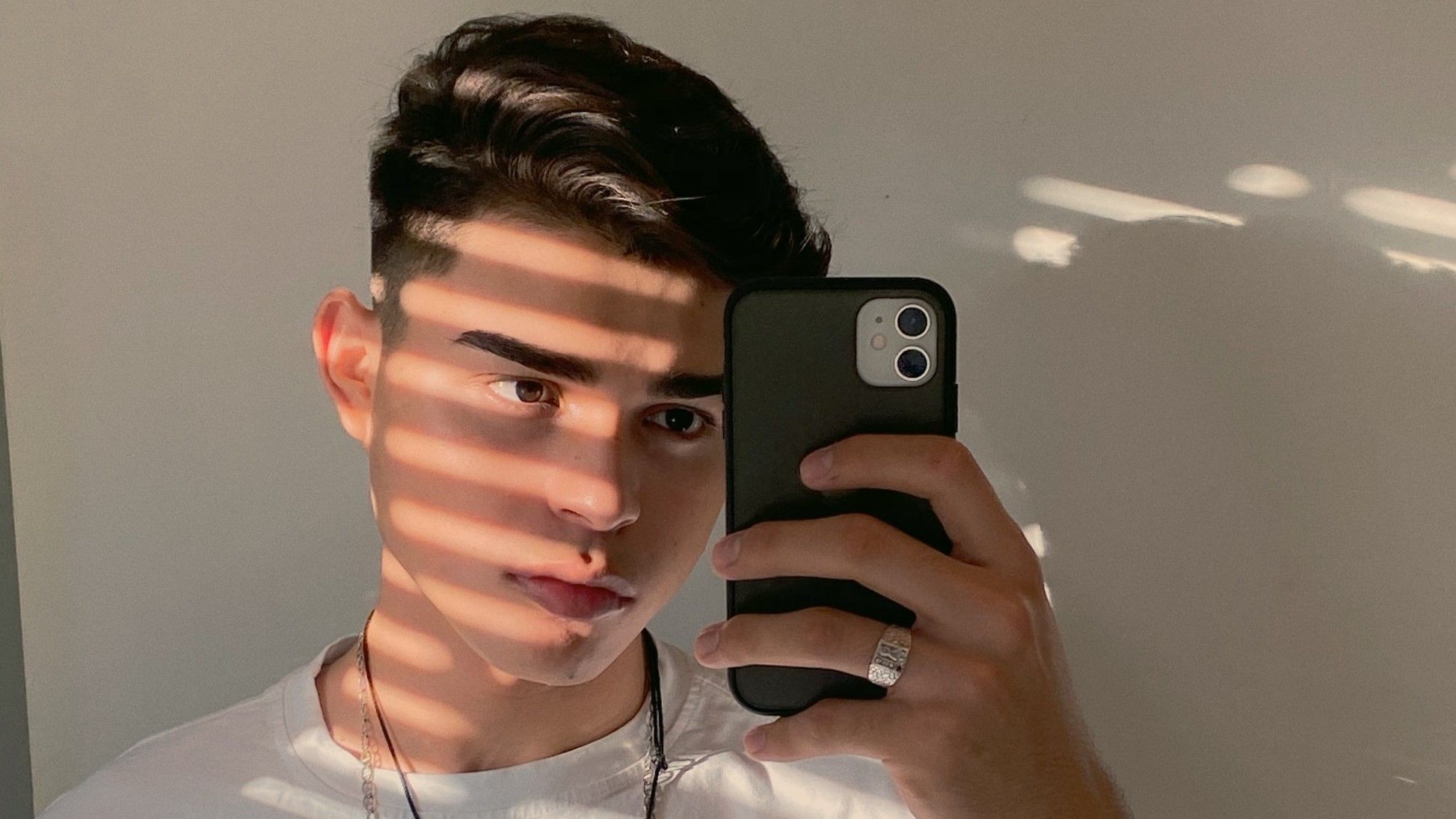
In some cases, shadows can be used as part of the composition. For example, if you're taking a selfie in the window during golden hour, close the blinds halfway to create a striped effect over your face.
There is one particular shadow you want to avoid, though: that of your phone and the arm that's holding it. Unless you can find a creative way to make it part of the composition, it simply won't look good.
3. Find Your Angle
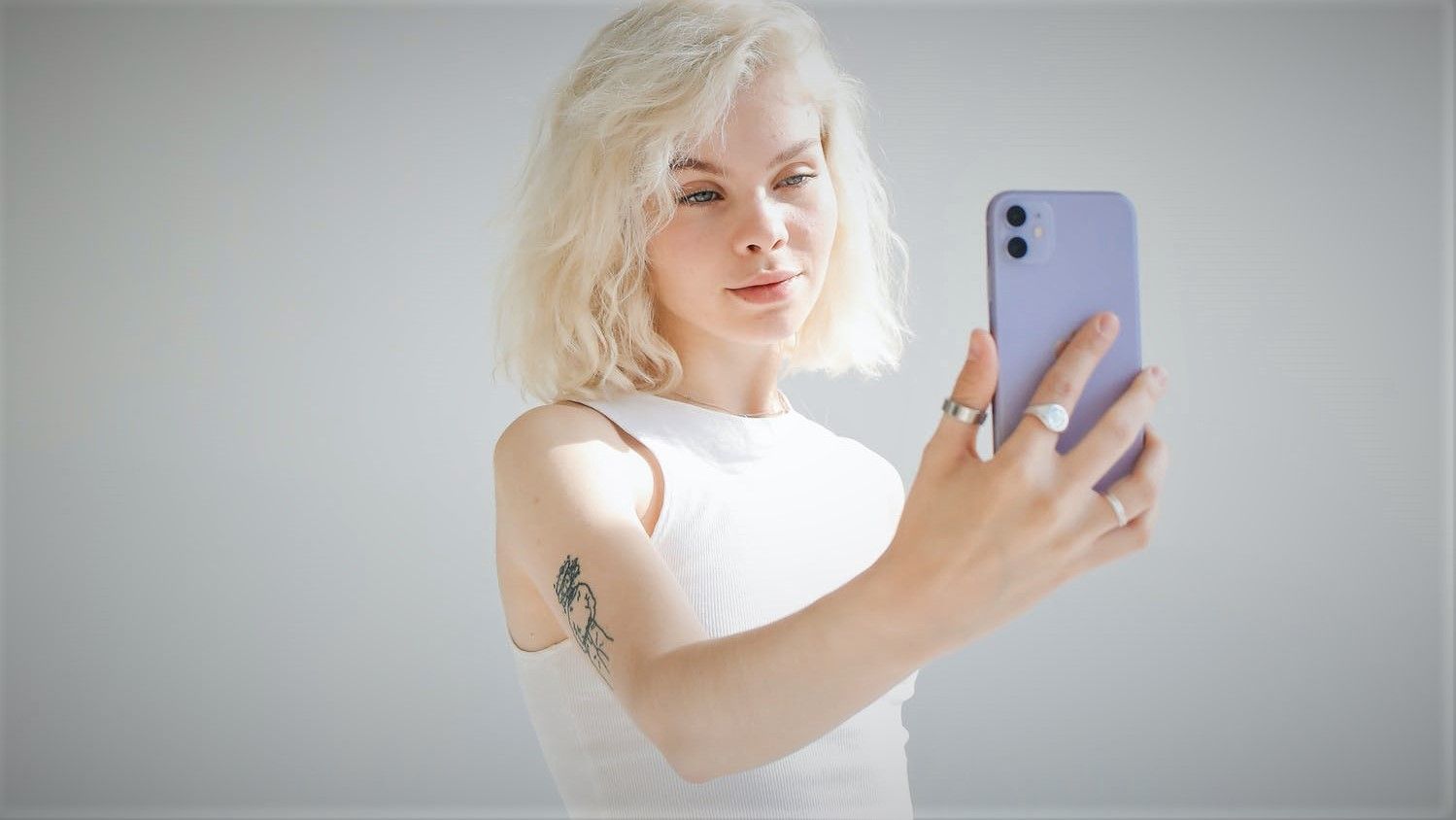
Finding the right angle at which to hold your phone is important for two reasons: getting the right lighting angle to avoid shadows as mentioned above, and getting the right pose.
Once you've established a good position where there are no unflattering shadows, it's time to decide how you want to angle yourself in the composition. Angling advice tends to favor the way Kim Kardashian takes her selfies (chin down, camera up), but that might not work for you.
It's entirely possible to get a good selfie from an angle below your chin or above your eyes. You can also hold the phone to the side to get a side profile. Play around with angles to see what flatters your features the best.
4. Tilt Something
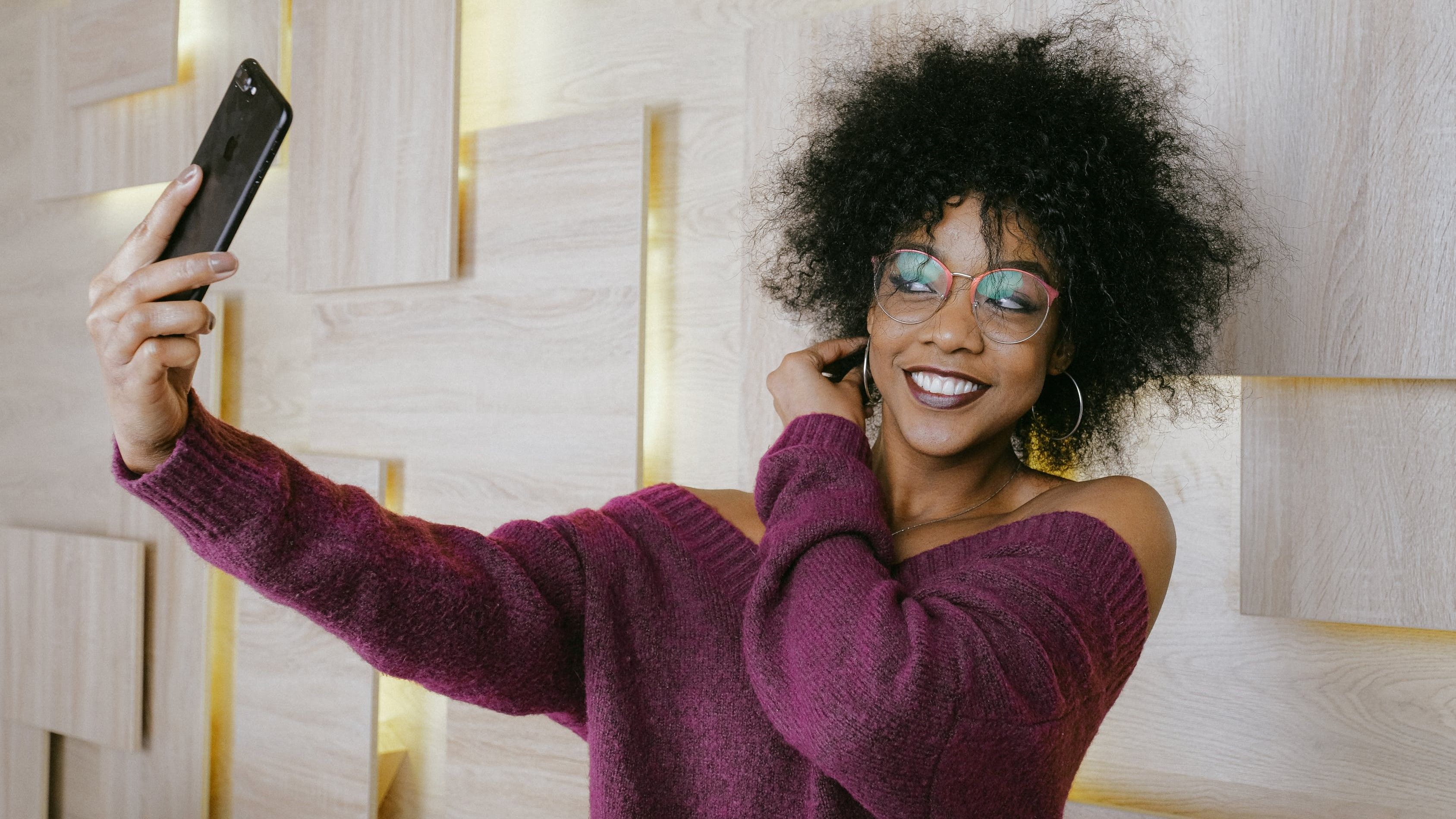
Our faces are like cylinders, and when we point a camera directly at the middle of a cylinder, the middle will be slightly enlarged. So when you point the phone straight ahead as well as keep your head aligned, the end result will be disproportional.
The solution to this is to tilt something. Tilt your head to the side, tilt the angle of your phone, or hold out the phone from a diagonal angle. This will give you a more realistic perception of what you look like in real life, and asymmetry can also be a flattering element in the composition.
5. Pay Attention to the Background
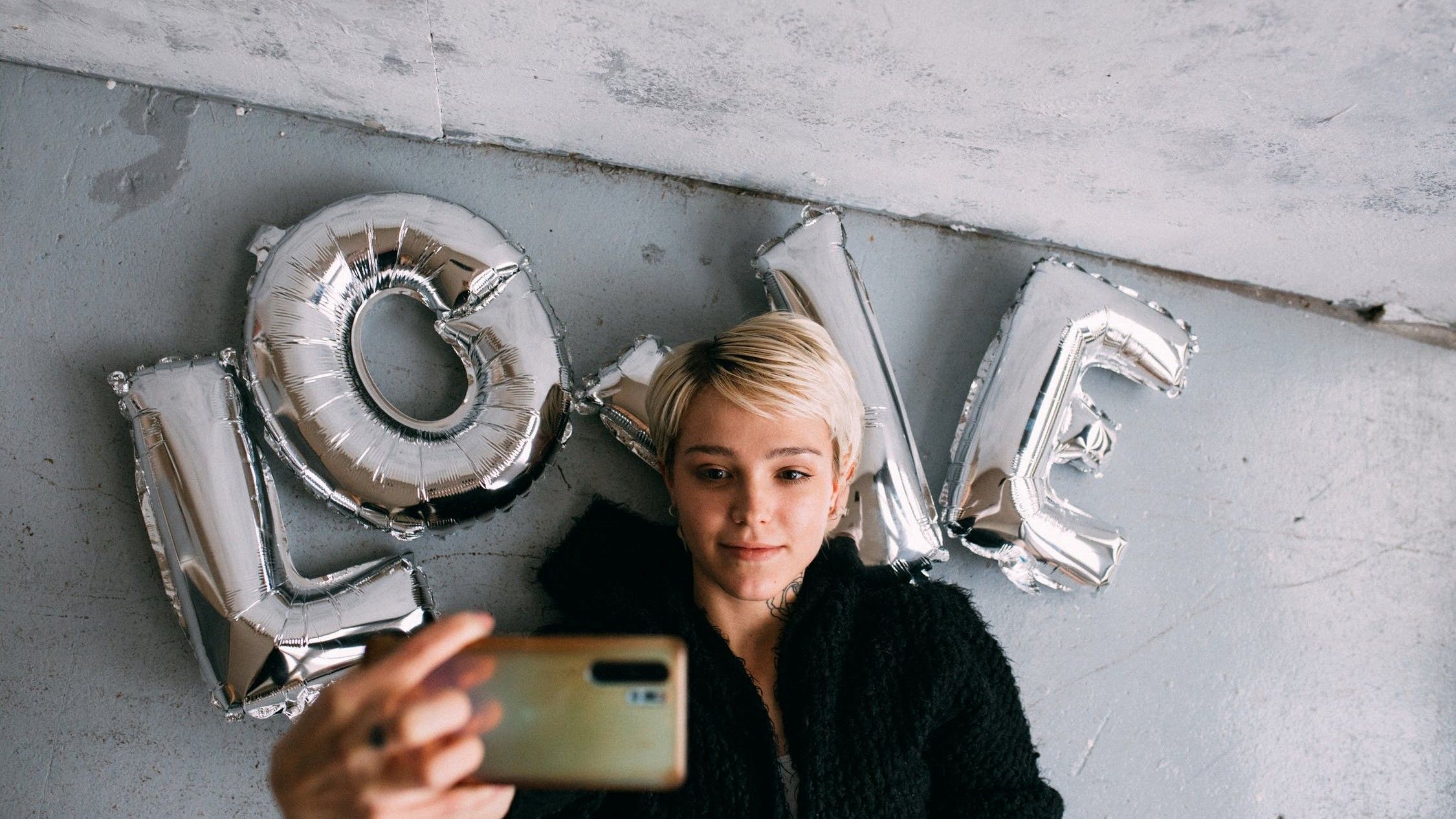
A good selfie background tends to be either interesting or minimalist. Anything in between can ruin your picture. Scout the area for a unique setting, such as a rack of teddy bears at the store. Simple backgrounds are also a win, like an empty street. If you can't find a good background, you can always use a filter to slightly blur it and pull the focus to you.
Related: Android Apps to Blut the Background of Your Photos
6. Take More Than One Shot
So you've found the best lighting and angle, and your background is on point—now, keep snapping. Something as simple as a stray hair or an eye twitch can ruin the shot, or maybe there's an unexpected photo-bomber that you only notice later on.
Having many of the same shots ensures you can filter through all the mishaps. And while you're at it, change your position slightly with each shot. You might stumble across a pose that you didn't realize you had in you.
7. Don't Go Overboard With Editing
Almost every photo needs some editing, even if it's to simply make a brightness adjustment. If you don't trust your ability to edit your selfies, use a preset filter. Every smartphone features several filters, or you can download a photo editing app where you'll find numerous filters. The goal should be to look as natural as possible.
That is unless you want to take the artistic route. Check out these aesthetic ideas to experiment with more creative pictures.
8. Relax
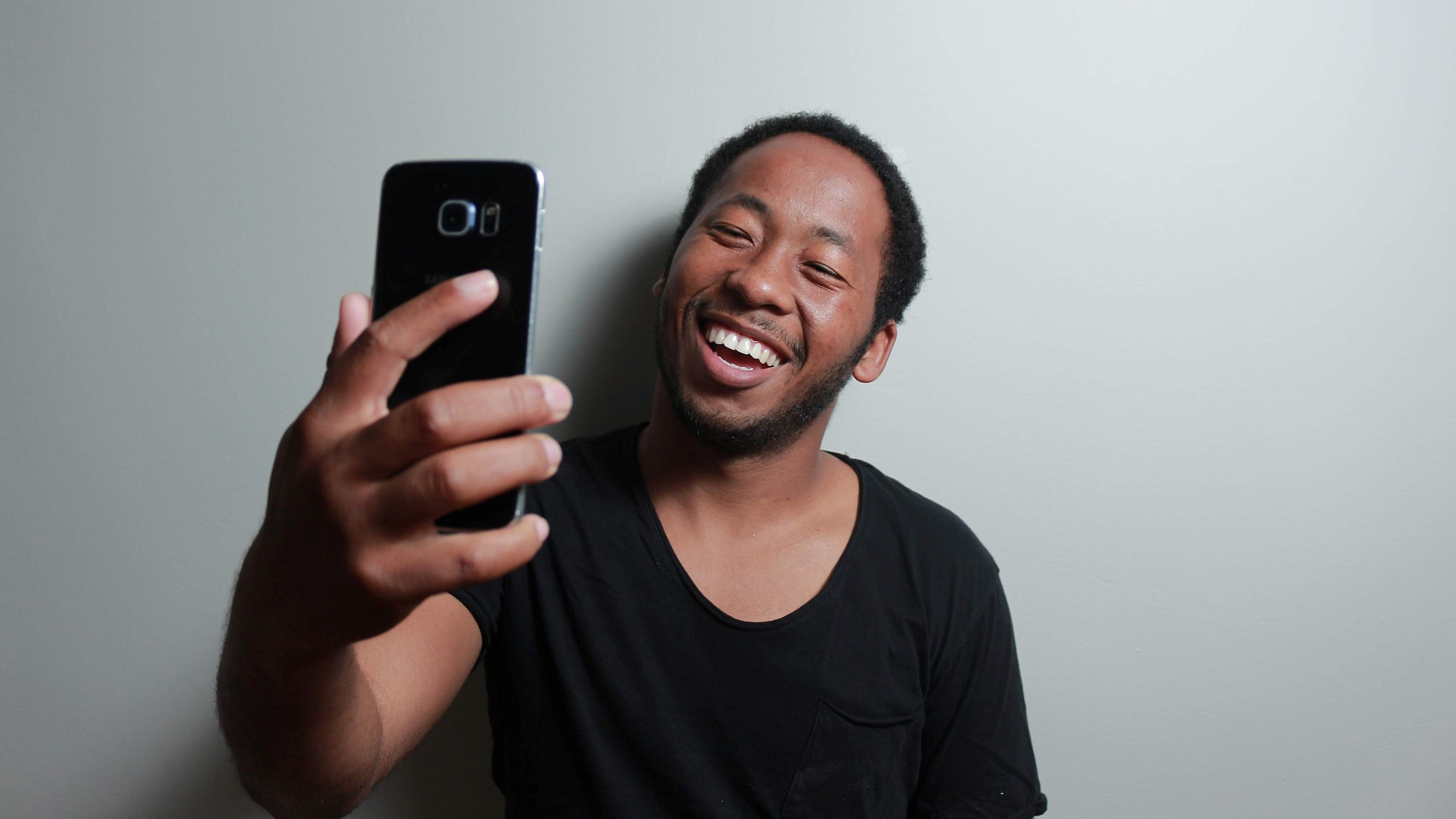
Don't overthink it—it will translate in the photo. Whichever facial expression you're going for, keep it natural, just as you would in real life. As for your eyes, you can either look directly into the camera lens or look away, depending on the mood you're trying to set.
Last but not least, be confident. Even if you're not a confident person in your everyday life, fake it for the camera. Do this by relaxing your shoulders, keeping your chin up, and releasing the tension in your facial muscles. The more you do it, the more real it will become.
Take Amazing Selfies
Taking a good selfie simply comes naturally for some people, but for the rest of us, there might be something that just seems off. If you've reached the end of this article, we hope you've found where you tend to go wrong when taking a selfie. Keep these tips in mind next time you have the urge to take a shot of yourself.

